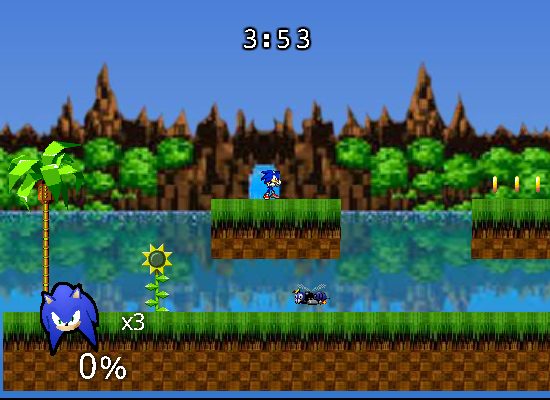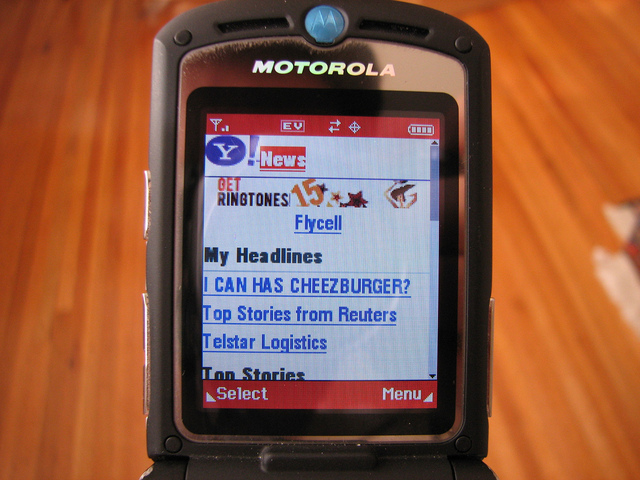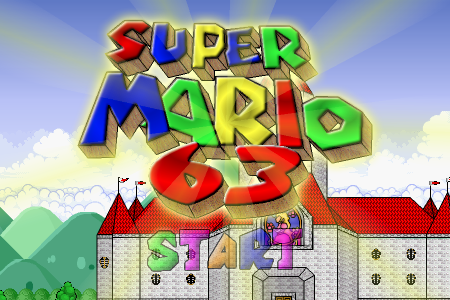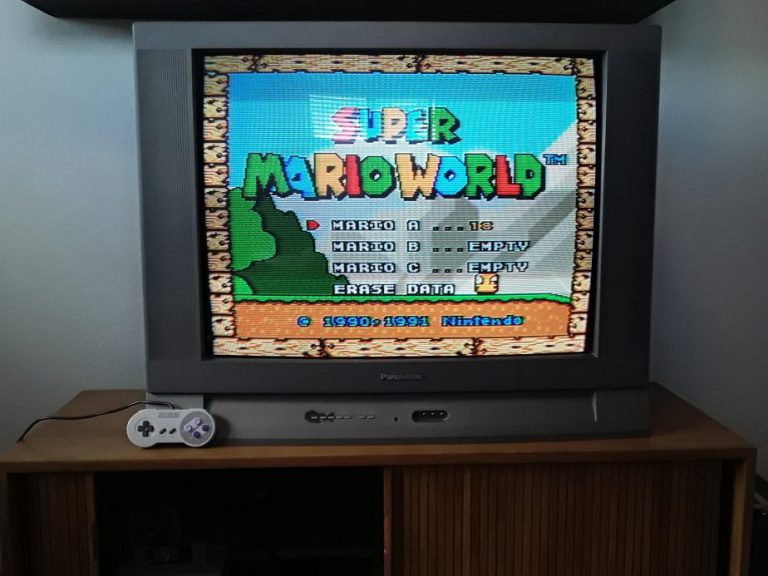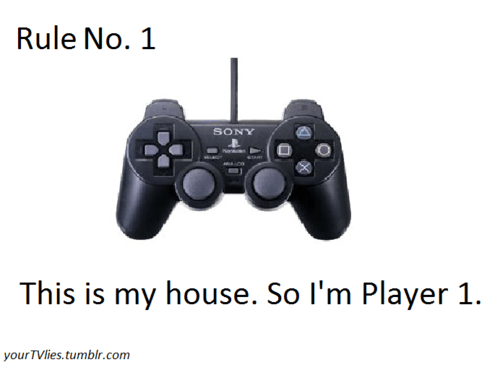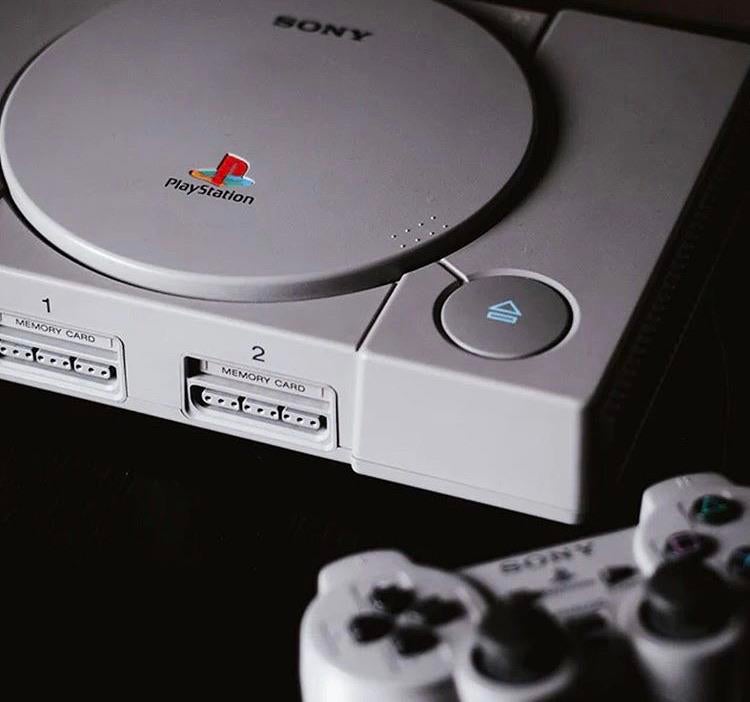The Sony PocketStation was a small and portable gaming device that was introduced by Sony in 1999. It was designed to be used as an accessory for the PlayStation console, and it allowed users to play a selection of mini-games and save their progress on the go. Here is a brief overview of the Sony PocketStation and its features:
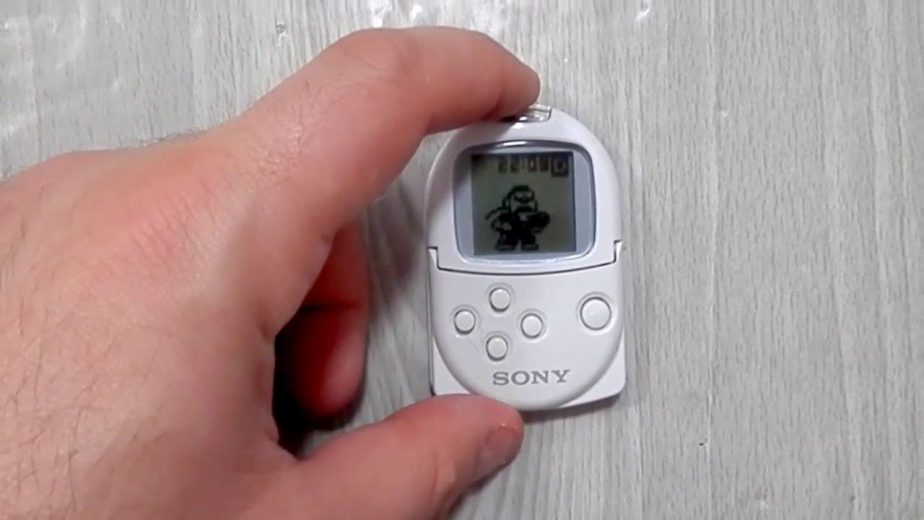
Design: The Sony PocketStation was a small and compact gaming device that was about the size of a credit card. It had a monochrome LCD screen, a directional pad, four buttons, and a slot for a memory card. The PocketStation was powered by a lithium-ion battery, and it had a battery life of up to 10 hours.
Games: The Sony PocketStation came with a selection of mini-games that were specifically designed for the device. These games included popular titles such as Chocobo Racing, Pocket Fighter, and Digital Monster, and they were all based on popular PlayStation games. The PocketStation also supported downloadable games, which could be transferred from a PlayStation console to the device using a memory card.
Memory Card: The Sony PocketStation used a memory card for storing games and save data. The memory card was a small and compact device that was about the size of a postage stamp, and it had a capacity of up to 8 MB. The memory card could be used to transfer games and save data between the PocketStation and a PlayStation console, and it could also be used to transfer data between multiple PocketStation devices.
Reception: The Sony PocketStation was a popular and successful accessory for the PlayStation console. It was well-received by gamers and critics, and it was known for its portability, versatility, and fun mini-games. The PocketStation was also successful in Japan, where it was released as a standalone console, and it was the precursor to the PlayStation Vita, which was released in 2011.
Overall, the PocketStation was a popular and successful device, and it was well-received by gamers and critics for its portability, versatility, and fun mini-games.

